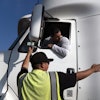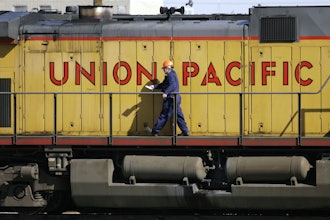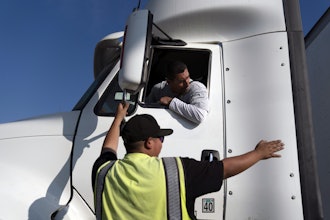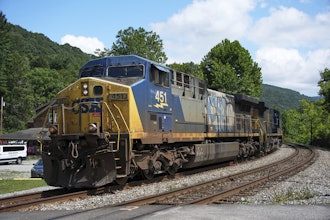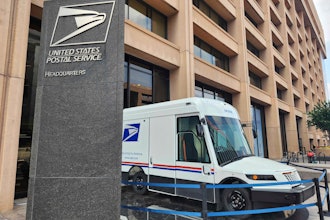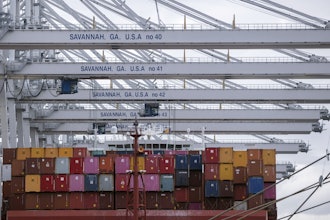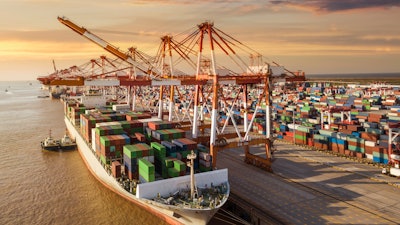
Landed cost – the fees and other costs associated with shipping an item from the start of its journey to its end – can account for 40% or more of the total cost of each imported freight item, according to Microsoft.
In a business where fractions of a penny on a sale are a big deal, that matters.
Unfortunately, rather than carefully and precisely tracking inventory landed cost per item, distributors often do it manually or average costs across a shipment.
That gives distributors a false view of their business’s profitability, which can lead to poor pricing, purchasing and shipping decisions.
What makes it hard to track landed cost? Landed cost goes beyond the costs of manufacturing and shipping to include, at the item level:
- Crating
- Currency conversion
- Customs
- Handling fees
- Import duties
- Insurance
- Payment processing fees
- Tariffs
- Taxes
These comprise the total cost to ship a product (by land or air) to its destination, such as your warehouse.
Knowing these costs down to the item level matters. Doing it well can result in:
- Increased profitability: When you know your total landed costs, you know what to charge your customers and how much you’re making on each transaction.
- Smarter procurement decisions: If a product costs less to purchase, but its landed costs are higher, you’ll lose any benefit of sourcing from that supplier. Better insight into your landed costs can drive better decisions.
- Improved shipping costs: Knowing your landed costs can help you make better shipping decisions, such as the carrier you use, over time.
Landed costs vary greatly depending on the product, where it comes from, and even the time of year. In addition, the uncertain states of the economy and supply chain compound these factors. Inflation, product and material shortages, and increased shipping costs make it harder to attribute the cost of shipping.
But while distributors can’t always control those factors, they can control the way in which they calculate and track the landed cost of goods.
You can use spreadsheets to calculate your landed costs by adding together the unit cost of the product, the shipping and freight costs, customs fees, risk and overhead. But manually following a landed cost formula can lead to miscalculations and lost profit. It also doesn’t allow you to quickly respond to changing conditions – a hallmark of the past few years.
Even for supply chain industry veterans, the manual process can take an hour or more per item.
Automation can help you avoid financial missteps around landed cost that can weaken profitability.
Unfortunately, many technology solutions for landed costs don’t capture the full picture. The key is to find a solution that helps you understand your profit margin on each transaction. If you can accurately estimate landed cost, you’ll ensure happier customers and better margins for yourself.
Landed cost has a big impact on the pricing of your products, purchasing and shipping decisions, and profitability. The more visibility, the greater the opportunity you’ll have to optimize your margins. Automating this will make you more efficient, precise and profitable.
James Miller is a senior supply chain consultant at Sikich and a licensed customs broker.



